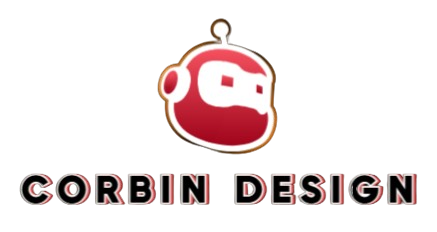Smartboards have become an essential tool in both educational and corporate settings. These interactive display systems offer a dynamic way to present information, collaborate with others, and enhance learning or productivity. However, with a wide range of smartboard available on the market, selecting the right one can be overwhelming. Whether you’re outfitting a classroom or an office, understanding your needs and the features of various smartboards can help you make an informed decision.
Evaluating Your Needs and Objective
Clearly specify the main use before you begin comparing several smartboards. A smartboard in a classroom should encourage interactivity, involve the pupils, and provide a variety of multimedia tools. Conversely, in an office, a smartboard can be more focused on teamwork, presentations, and connection with other corporate technologies. Knowing the goal of the smartboard in your environment will help you to select a model that satisfies particular requirements.
Dimensions and Visual Accuracy
The efficiency of the smartboard in your environment is much influenced by its size. Larger boards (65–86 inches) are perfect for a classroom since they let every student view the material effectively from several angles. To prevent overpowering the room, the size should, nevertheless, also be commensurate with its dimensions. A smaller smartboard would be sufficient in an office setting if one-on-one discussions or small group projects take front stage.

Interactive tools
Smartboards’ interactivity is among their primary benefits. Touch screen technology found on many smartboards lets users directly write, draw, and interact with content on the screen. Some versions include multi-touch capabilities, therefore enabling several users to interact concurrently—a crucial capability for group projects or cooperative brainstorming sessions. Certain smartboards also have styluses or pens meant for writing or annotation on the screen. Choose a smartboard that fits your required degree of interactivity for your specific surroundings.
Integration and Communication
Smartboards must fit seamlessly with the tools and programs you now employ. Search for models that let USB, Bluetooth, or Wi-Fi enable simple connectivity with PCs, laptops, tablets, and cellphones. A seamless experience depends on being compatible with widely used platforms including Google Workspace, Microsoft Office, and instructional technologies like Zoom or Google Classroom. Certain smartboards also feature built-in wireless presenting tools, which let you easily share your screen without connections. Your needs will determine whether you also want a smartboard with cloud storage features for simple document access and sharing.
Price and Financial Concerns
Smartboards range in cost; basic ones start at a few hundred dollars while high-end versions run several thousand. You should balance the things you require with your budget. Although the most advanced model could be appealing, consider whether all the capabilities are required for your particular use situation. Remember total cost of ownership, which include installation, software licenses, and any continuing maintenance or support in addition to purchase price.
Selecting the appropriate smartboard for your classroom or business calls for careful consideration of your space, budget, and needs. You can choose a smartboard that increases teamwork and productivity by weighing elements such display quality, interactivity, connection, and durability.


